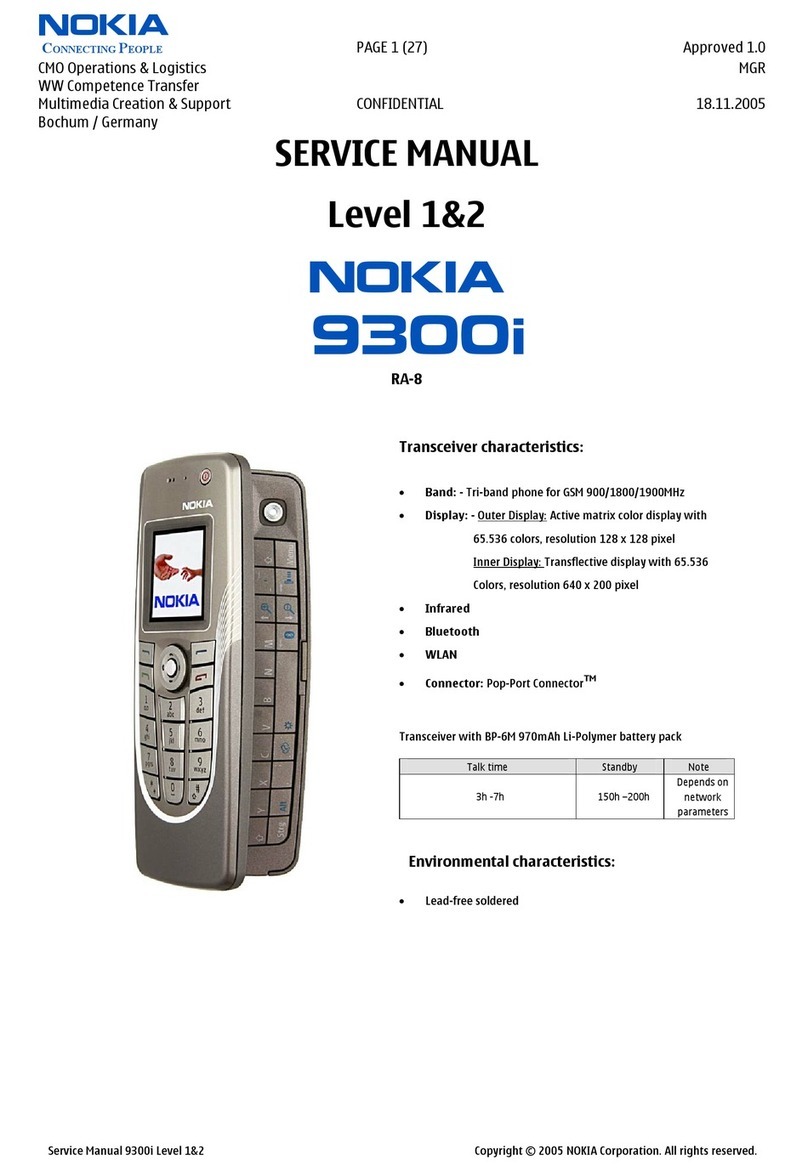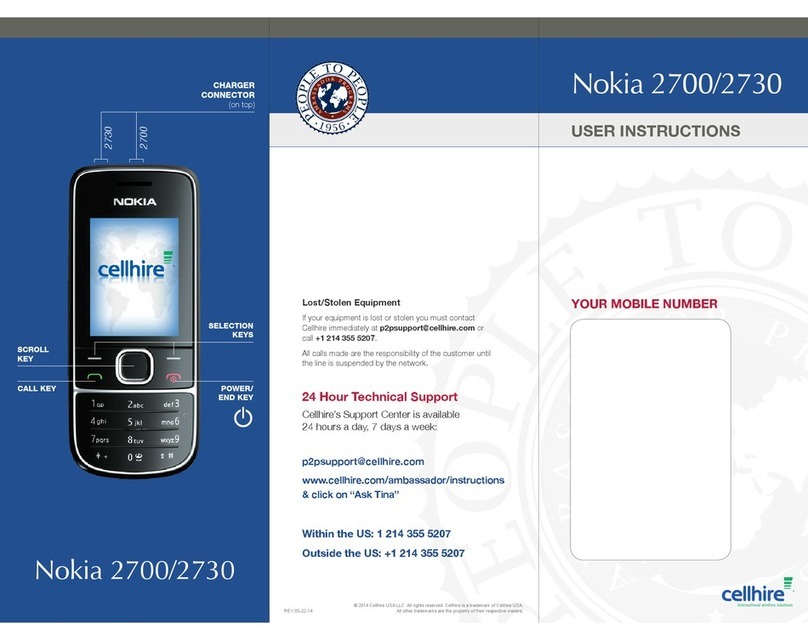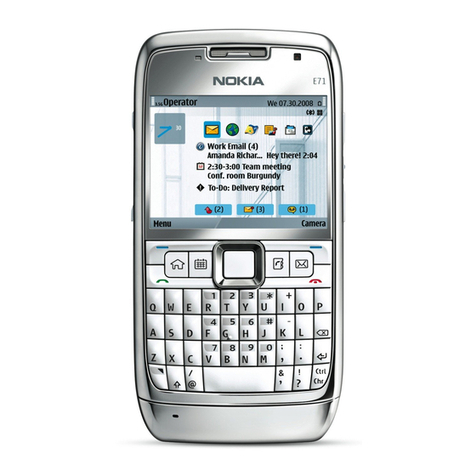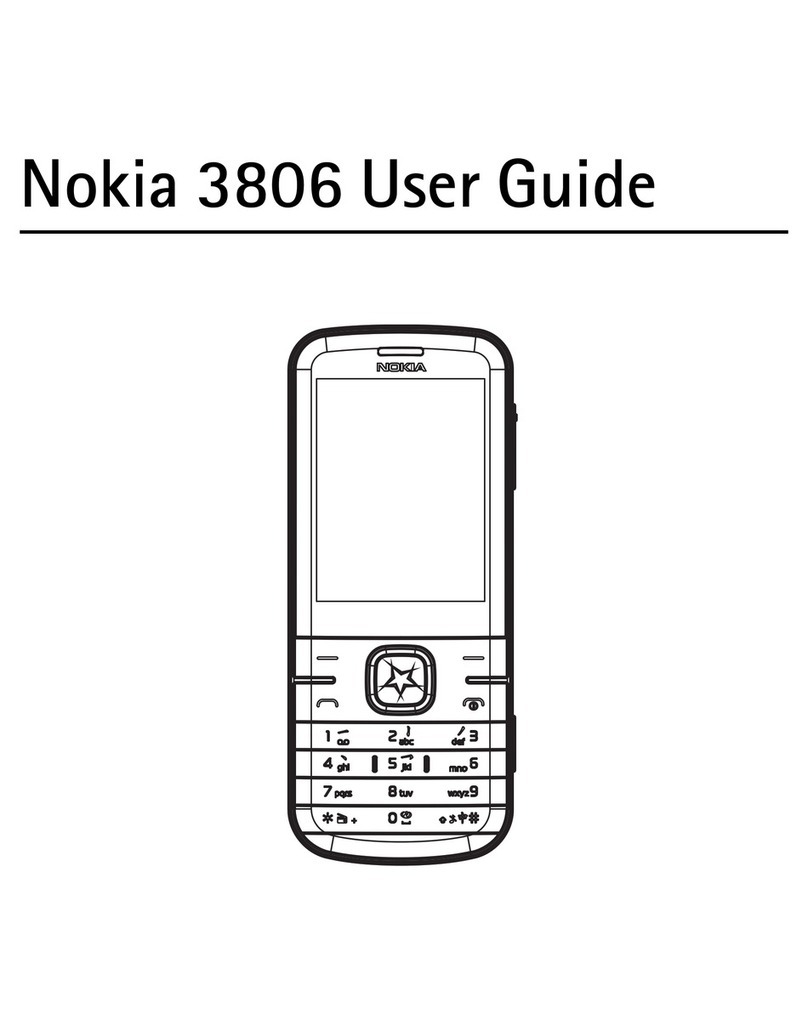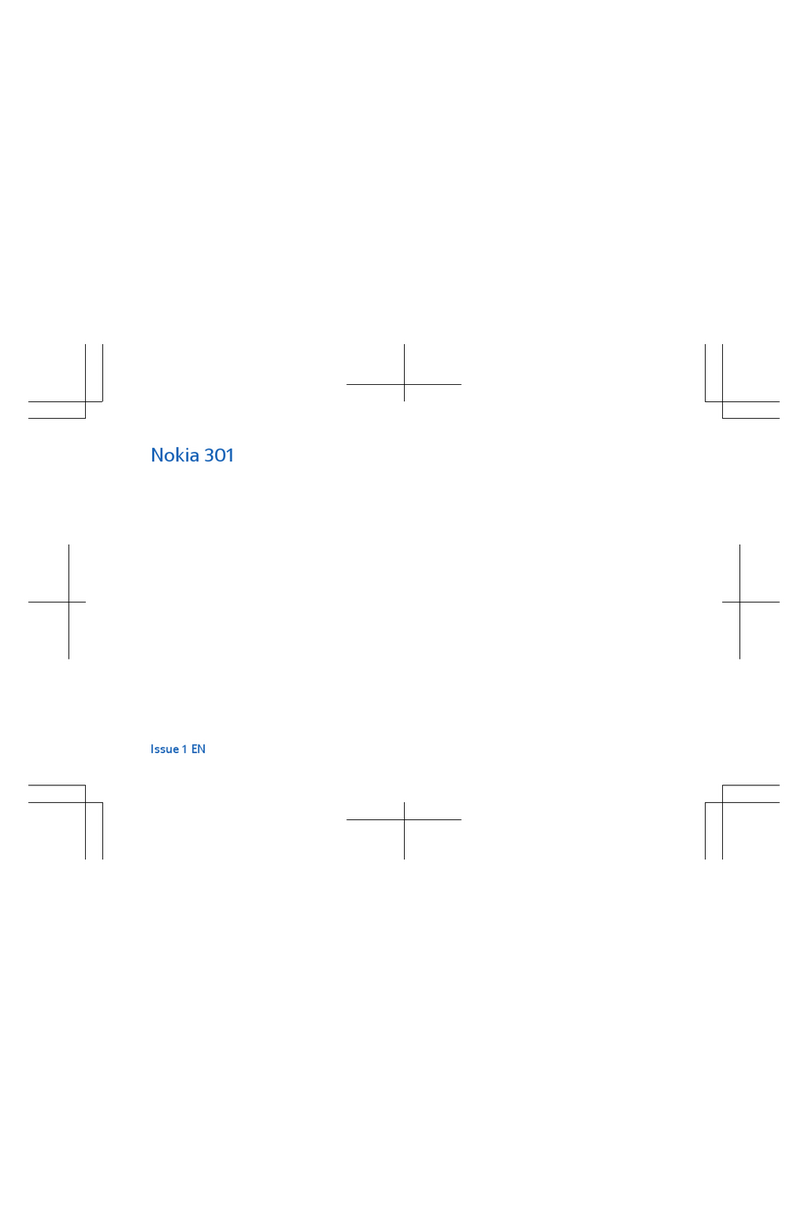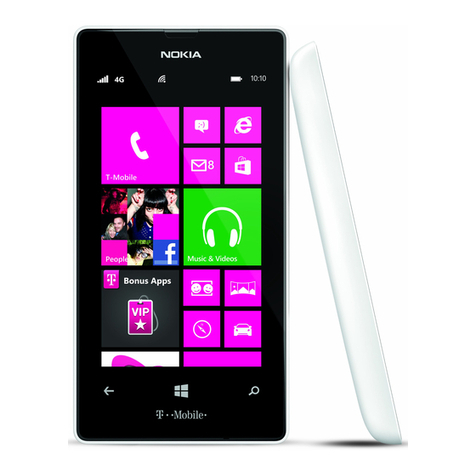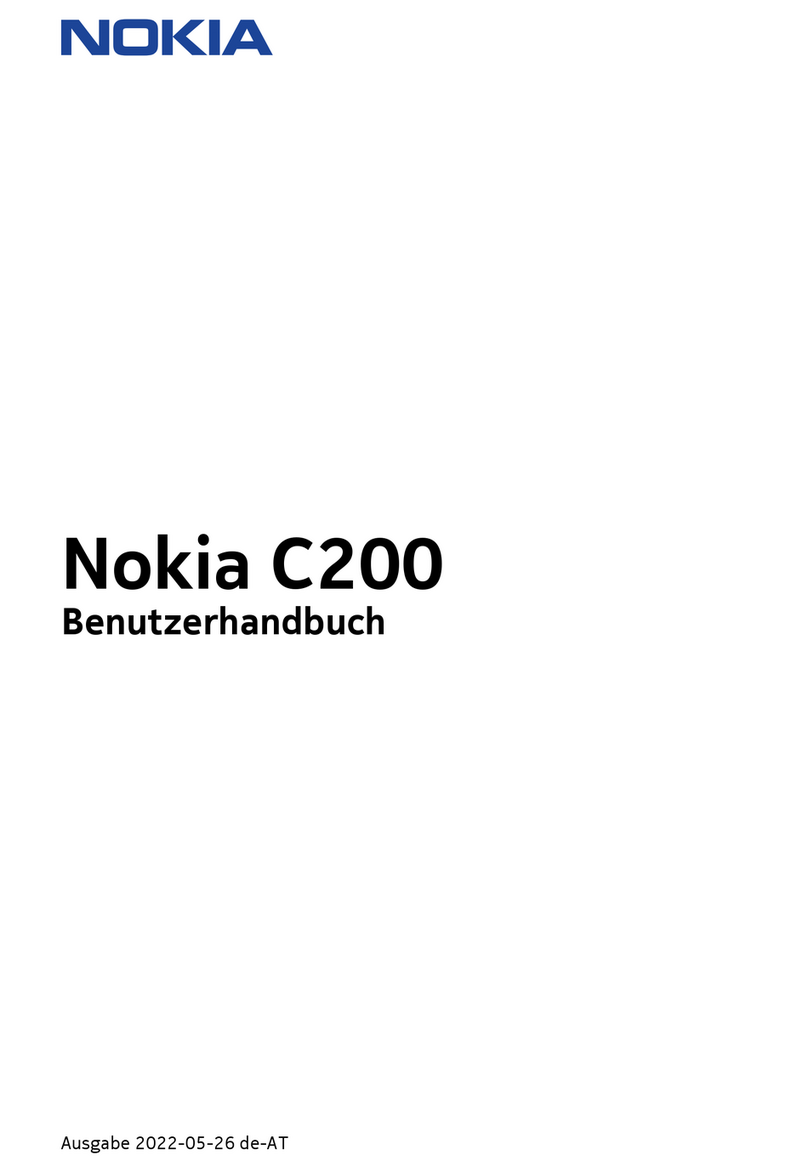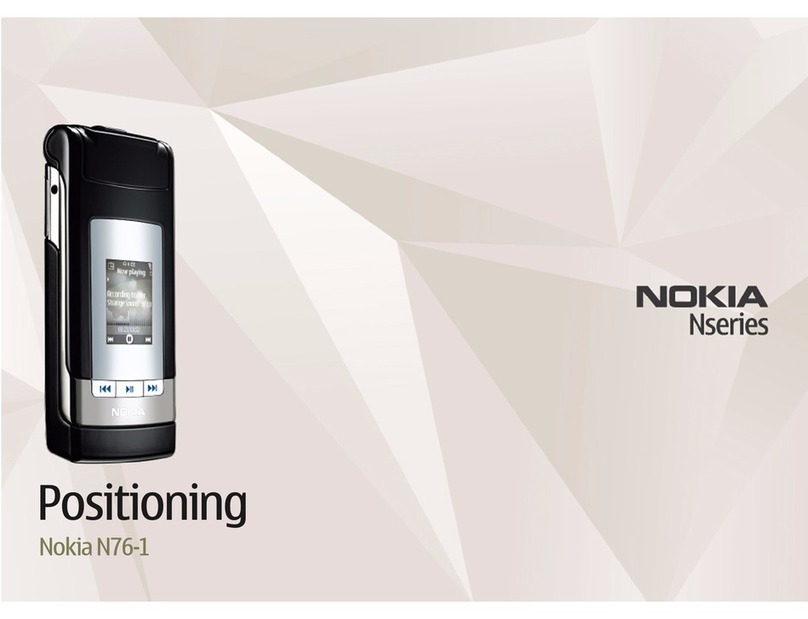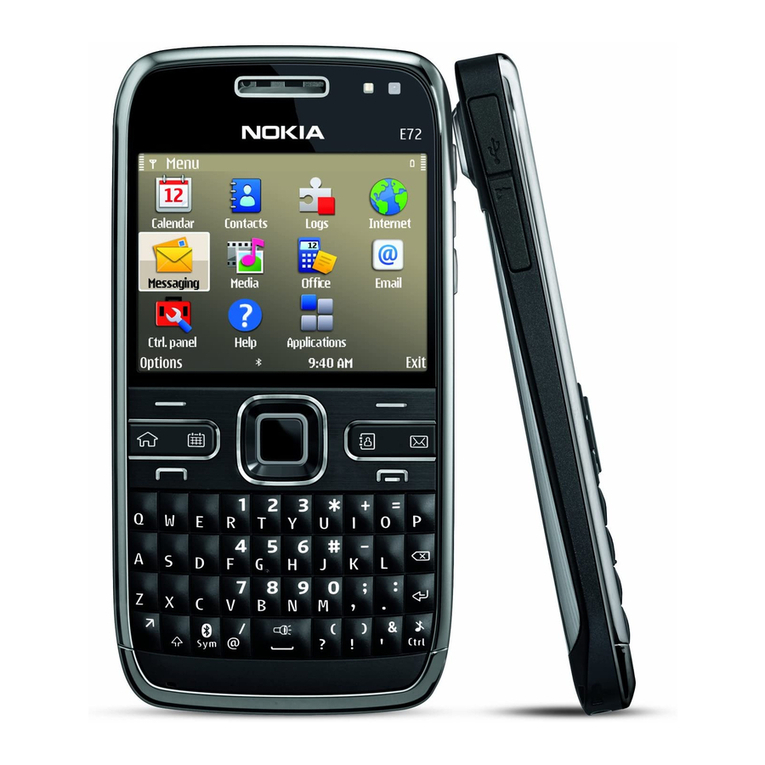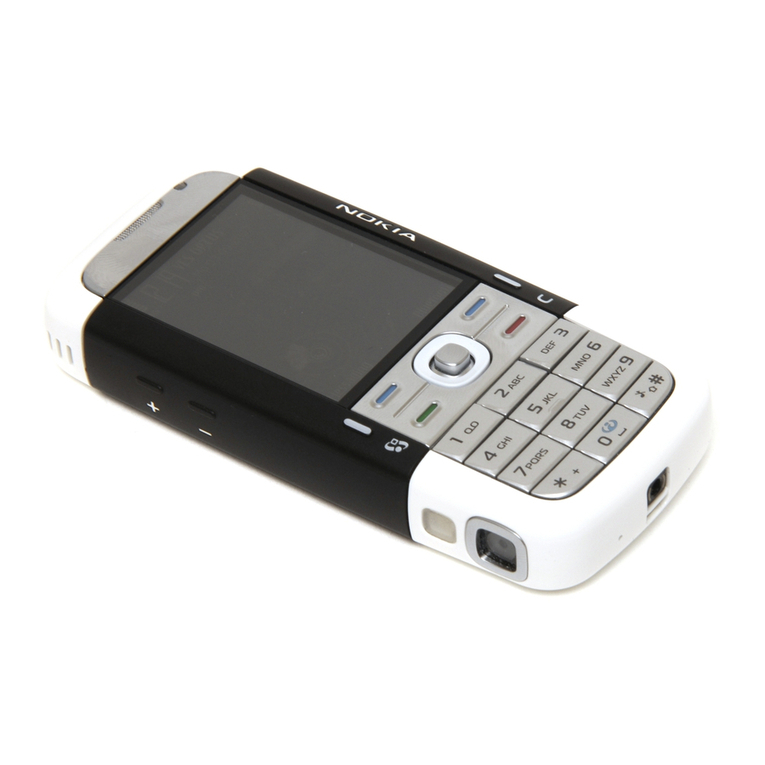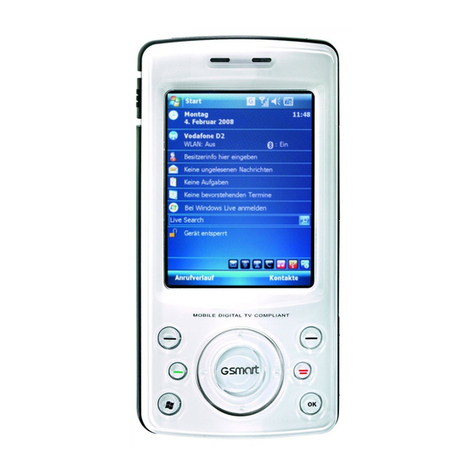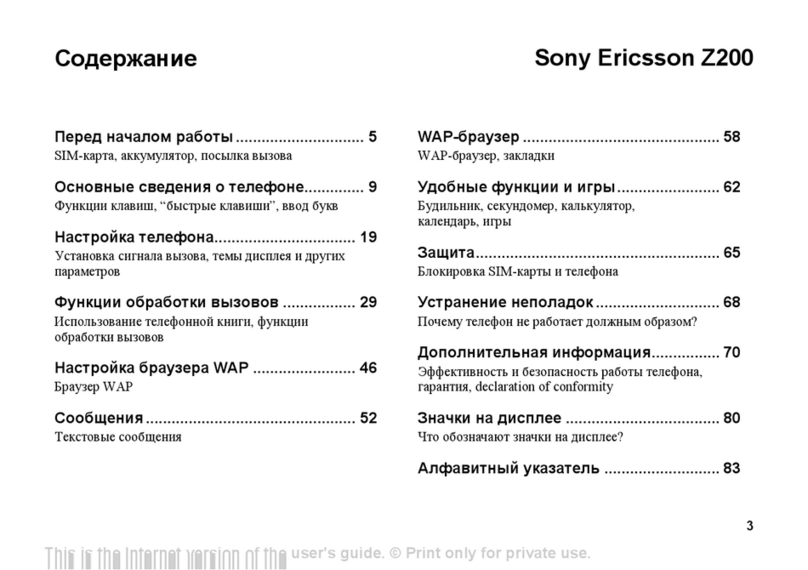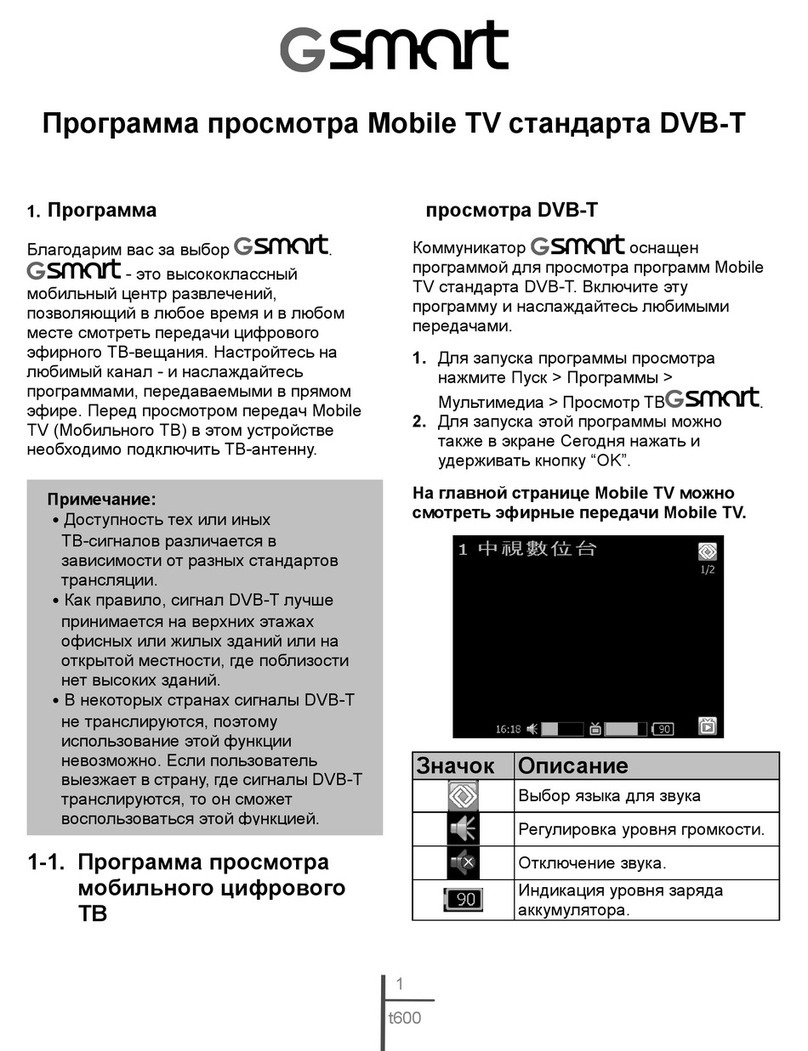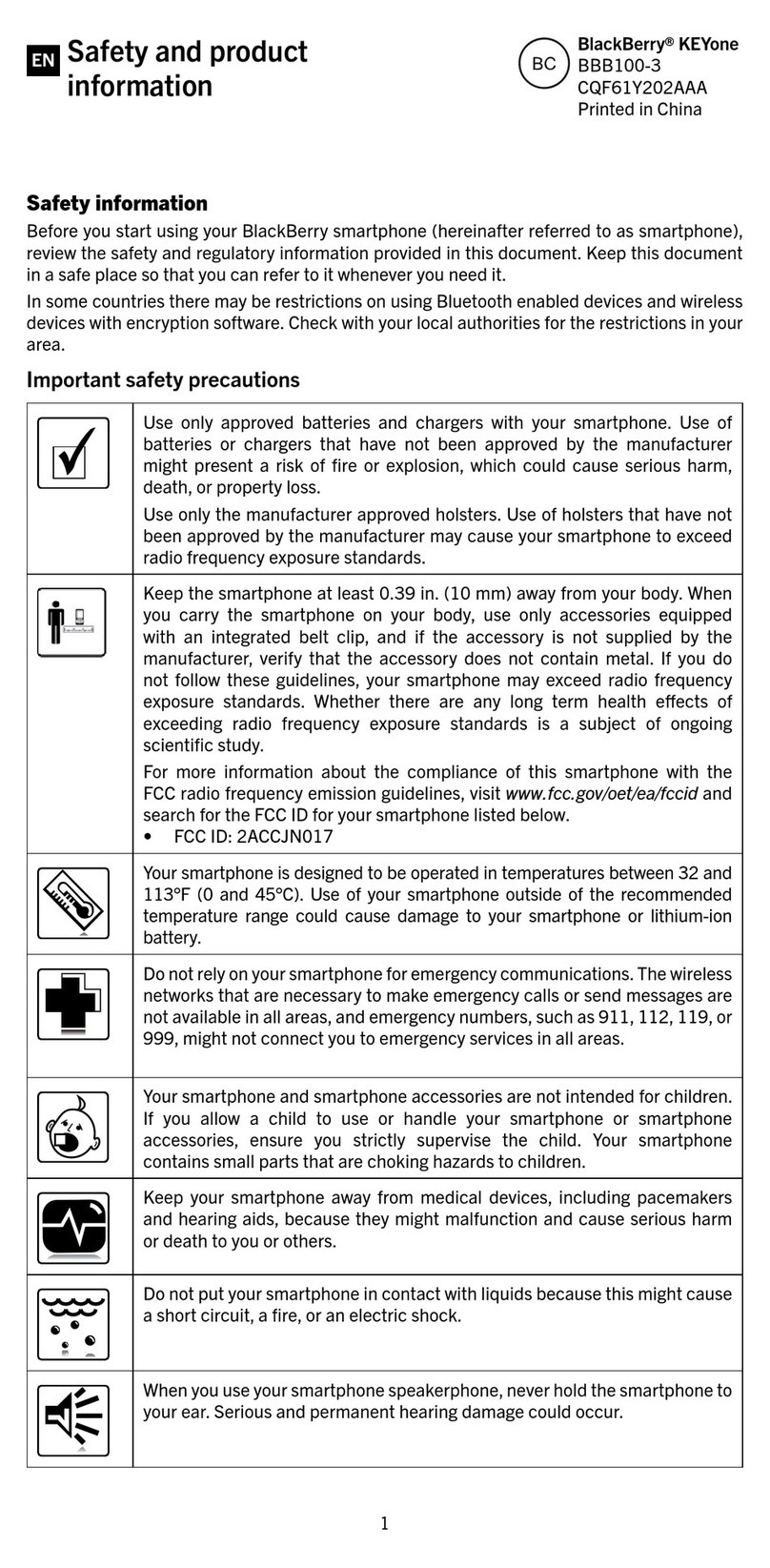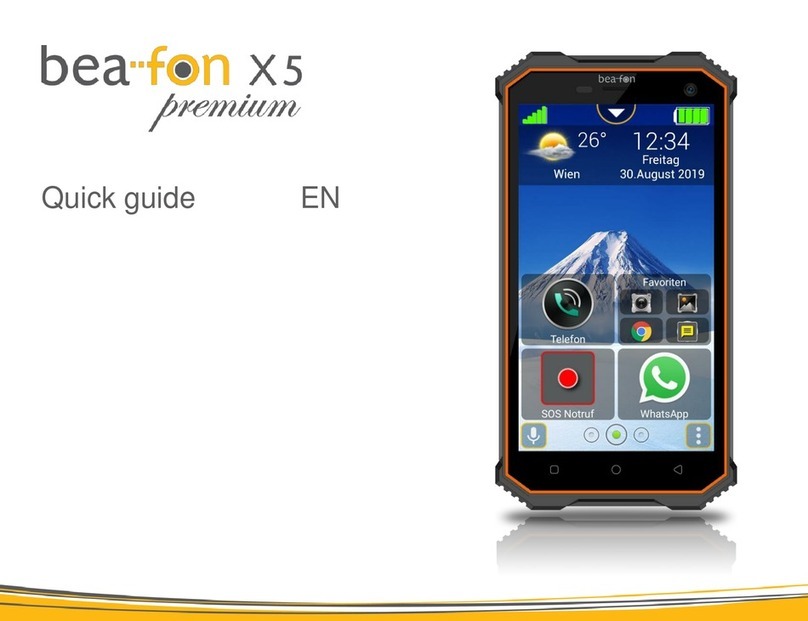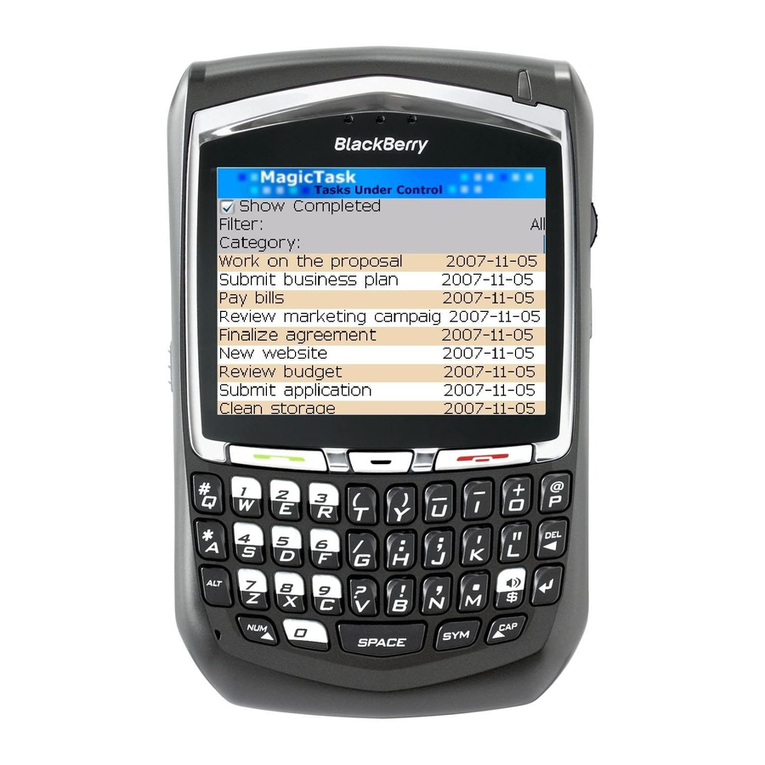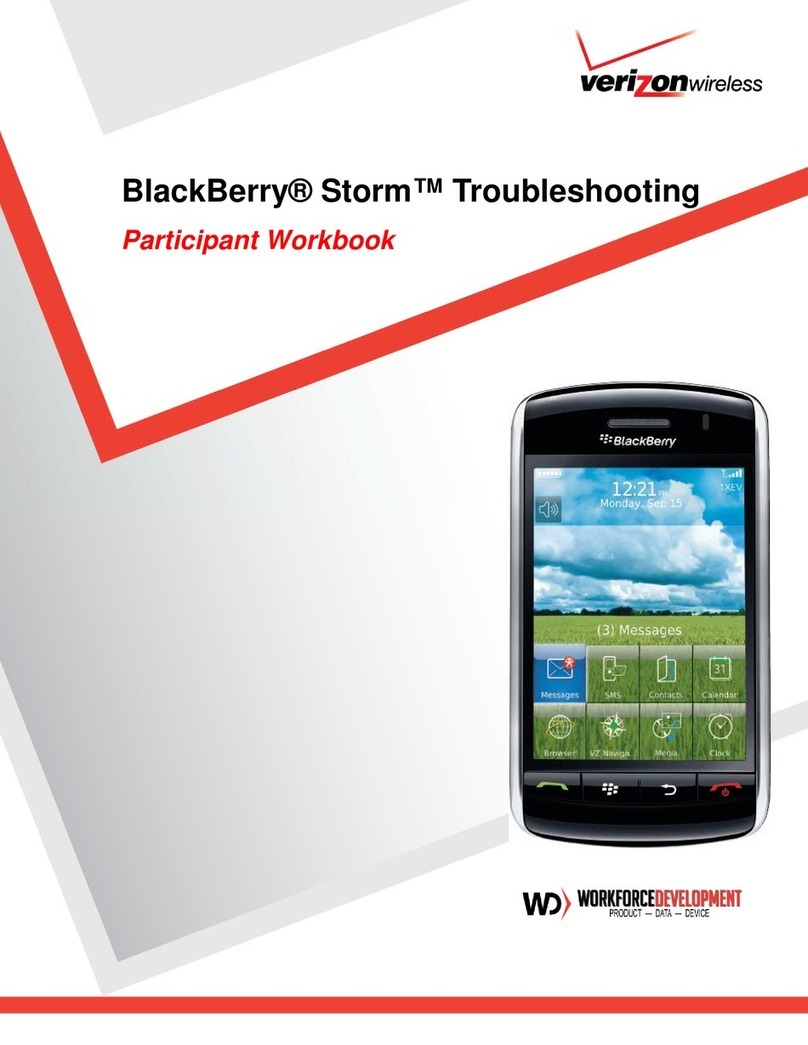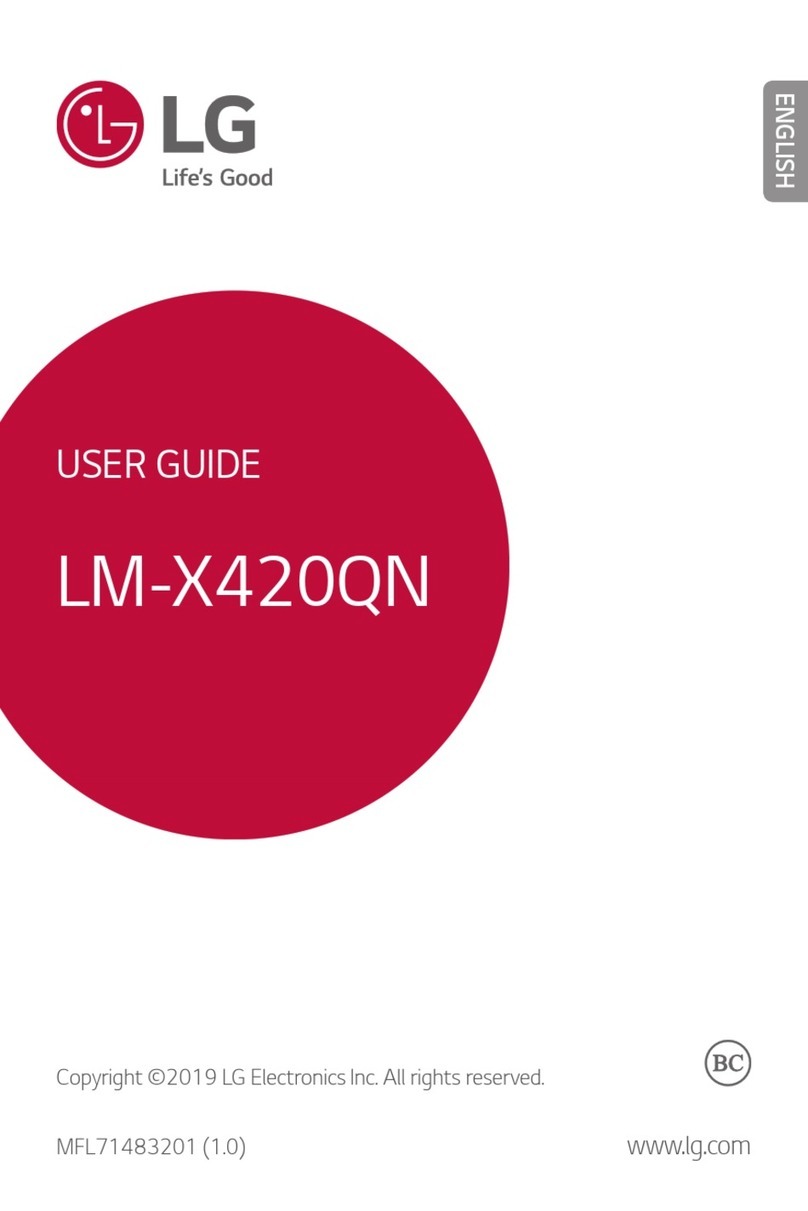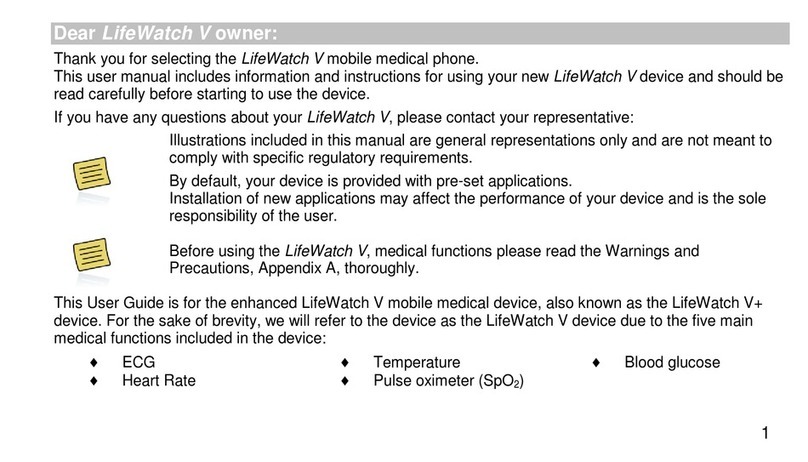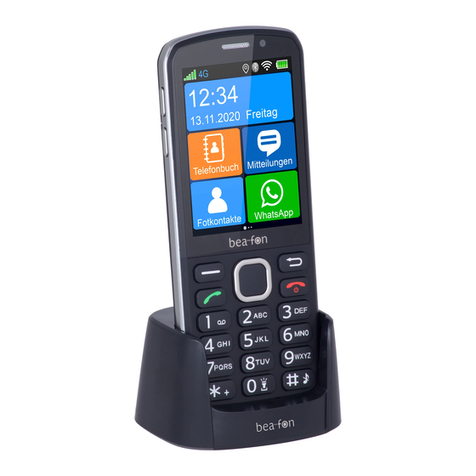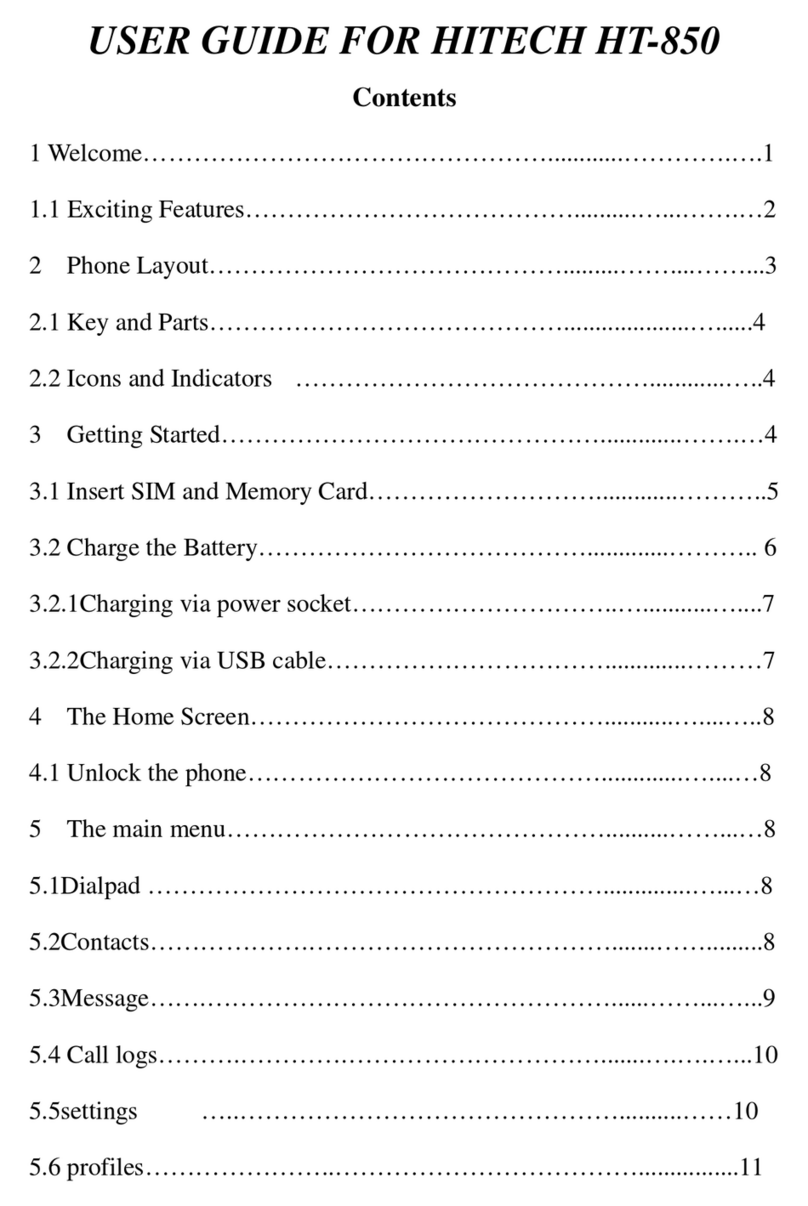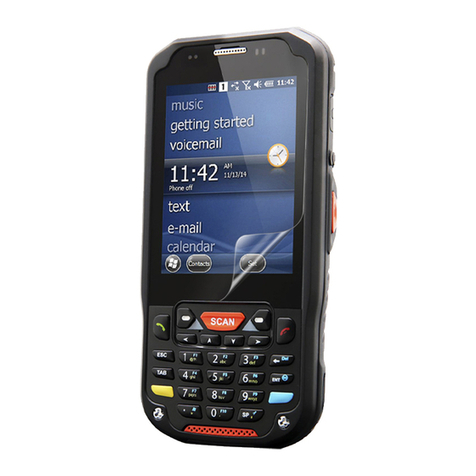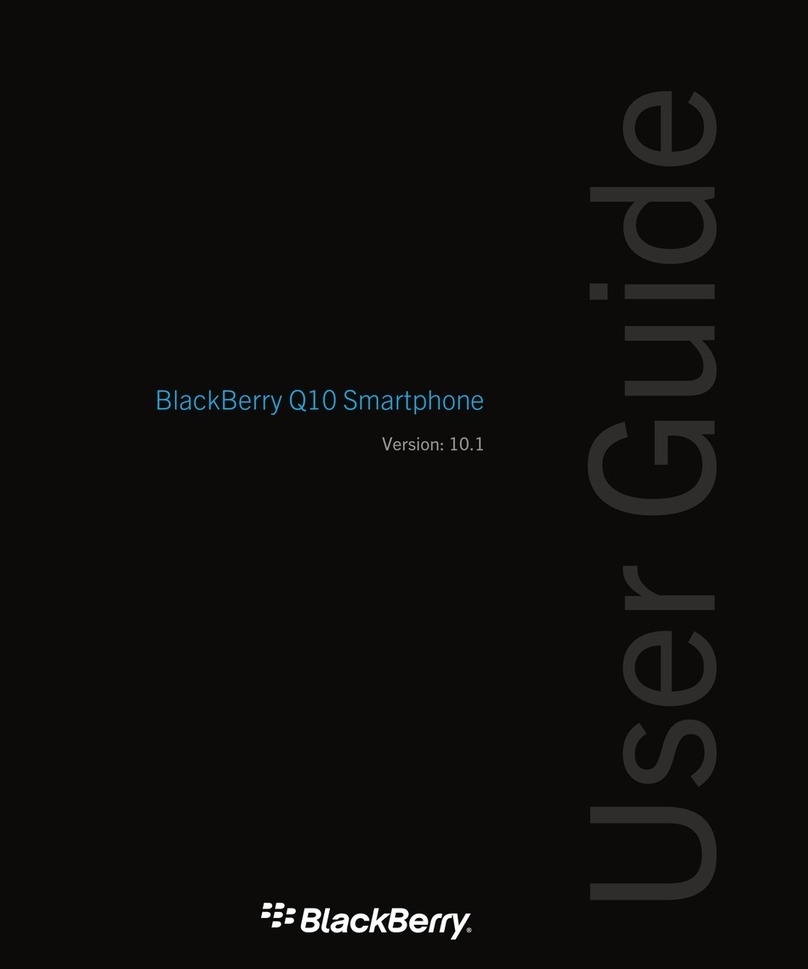Table of Contents
Service tools............................................................................................................................................................2–5
ACF-8...................................................................................................................................................................2–5
AXS-4...................................................................................................................................................................2–5
CA-106DS ............................................................................................................................................................2–5
CA-10DS ..............................................................................................................................................................2–5
CA-111DS ............................................................................................................................................................2–6
CA-112DS ............................................................................................................................................................2–6
CA-28DS ..............................................................................................................................................................2–6
CA-31D ................................................................................................................................................................2–6
CA-35S.................................................................................................................................................................2–7
CA-41PS...............................................................................................................................................................2–7
CA-5S...................................................................................................................................................................2–7
DA-49 ..................................................................................................................................................................2–7
DAU-9S................................................................................................................................................................2–8
FLC-2 ...................................................................................................................................................................2–8
FLS-4S..................................................................................................................................................................2–8
FLS-5 ...................................................................................................................................................................2–8
FPS-10.................................................................................................................................................................2–9
FPS-8 ...................................................................................................................................................................2–9
JBV-1 ................................................................................................................................................................ 2–10
MJ-130.............................................................................................................................................................. 2–10
PCS-1................................................................................................................................................................ 2–10
PKD-1 ............................................................................................................................................................... 2–11
RJ-164 .............................................................................................................................................................. 2–11
SA-41................................................................................................................................................................ 2–11
SF-10................................................................................................................................................................ 2–11
SF-56................................................................................................................................................................ 2–11
SPS-1................................................................................................................................................................ 2–12
SRT-6................................................................................................................................................................ 2–12
SS-54................................................................................................................................................................ 2–12
ST-30................................................................................................................................................................ 2–12
ST-32................................................................................................................................................................ 2–13
SX-4.................................................................................................................................................................. 2–13
XCS-4 ................................................................................................................................................................ 2–13
XRS-6................................................................................................................................................................ 2–13
Service software concept.................................................................................................................................... 2–14
POS (Point of Sales) flash concept ................................................................................................................ 2–14
POS flash concept with FLS-5 ........................................................................................................................ 2–15
FPS-10 Prommer box flash concept.............................................................................................................. 2–16
JBV-1 flash concept with FPS-10 ................................................................................................................... 2–17
JBV-1 flash concept with FPS-8 ..................................................................................................................... 2–18
Module jig (MJ-130) service concept............................................................................................................. 2–19
List of Figures
Figure 2 POS flash concept ................................................................................................................................. 2–14
Figure 3 POS flash concept with FLS-5............................................................................................................... 2–15
Figure 4 FPS-10 Prommer box flash concept.................................................................................................... 2–16
Figure 5 JBV-1 flash concept with FPS-10 ......................................................................................................... 2–17
Figure 6 JBV-1 flash concept with FPS-8............................................................................................................ 2–18
RM-305; RM-306
Service Tools
Issue 2 COMPANY CONFIDENTIAL Page 2 –3
Copyright © 2007 Nokia. All rights reserved.
